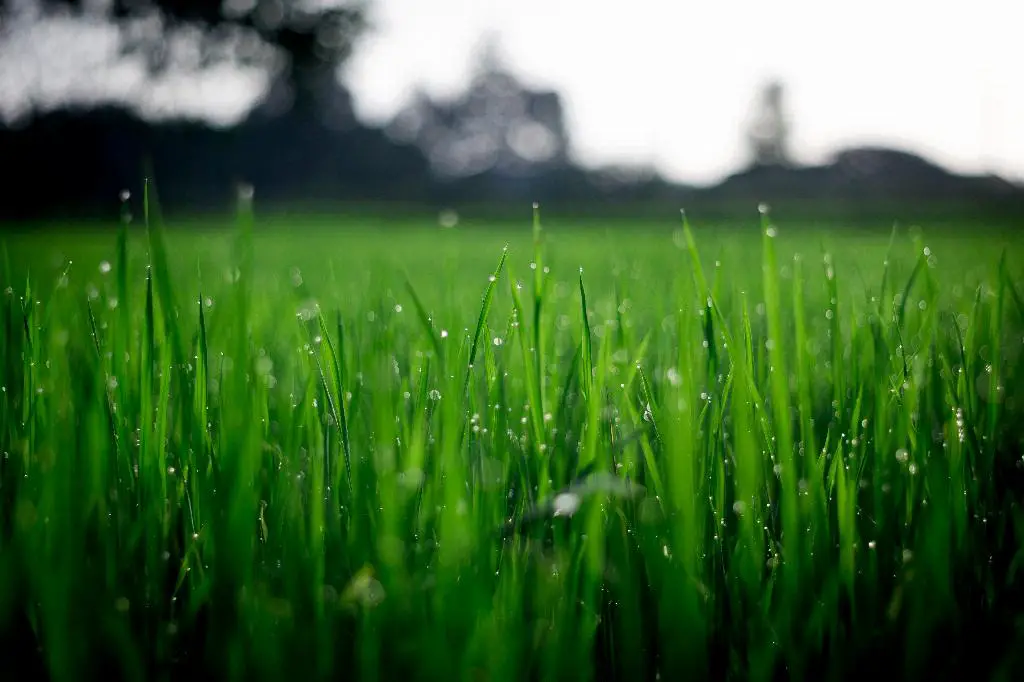When it comes to giving your lawn a much-needed boost, overseeding can be a game-changer. However, knowing the best time to overseed your lawn is crucial for ensuring successful results. The key to successfully overseeding your lawn lies in carefully selecting the right type of grass seed that suits your climate and soil conditions. It is equally important to ensure that the seeds have good soil contact for optimal germination and growth.
One of the best times to overseed your lawn is during the fall months. Late summer and early fall present ideal conditions for overseeding your lawn. During this time, cooler temperatures and active grass growth provide the perfect environment for new grass seeds to germinate and establish themselves. By overseeding in the fall, you give the new grass ample time to grow strong before the harsh conditions of winter set in.
Another great advantage of overseeding in the fall is that it allows the new grass to establish deep roots before the onset of winter. This helps the grass withstand the stresses of winter, such as cold temperatures, snow, and ice. Deep-rooted grass is better equipped to survive the winter months and emerge healthy and vibrant in the spring.
Spring is another possible time to overseed your lawn, although fall is generally considered the optimal time. If you missed the fall window or if your lawn requires additional overseeding, you can consider overseeding in the spring. However, keep in mind that spring overseeding may require more maintenance and watering to help the new grass establish itself before the onset of summer heat.
While fall is the preferred time to overseed your lawn, it’s important to consider your specific climate and region. Different areas may have varying optimal times for overseeding based on their unique weather patterns and growing seasons. Consulting with a local lawn care expert or agricultural extension office can provide valuable insights into the best time to overseed in your specific area.
When preparing to overseed your lawn, it’s essential to properly prepare the soil to ensure optimal seed-to-soil contact. This may involve aeration to loosen compacted soil, removing thatch buildup, and providing a nutrient-rich environment for the new grass seeds to thrive. Adequate soil preparation sets the stage for successful overseeding and promotes healthy grass growth.
Watering is another critical factor to consider when overseeding your lawn. While it’s important to ensure that the new grass seeds remain consistently moist during germination, it’s equally important not to overwater, as this can lead to issues such as fungal diseases. A proper watering schedule, tailored to the needs of the newly seeded areas, is crucial for successful overseeding.
Monitoring the progress of your overseeding efforts is essential to gauge the success of the process. Keep an eye on the newly seeded areas, looking for signs of germination and growth. Adjust your watering and maintenance practices as needed to support the healthy establishment of the new grass. Patience and attention to detail are key to achieving a lush, green lawn.
Remember that overseeding is not a one-time solution but an ongoing process to maintain the health and vitality of your lawn. Regular overseeding can help fill in thin or bare spots, improve overall turf density, and enhance the resilience of your lawn against pests, diseases, and environmental stressors. By incorporating overseeding into your lawn care routine, you can enjoy a vibrant and thriving lawn year-round.
In conclusion, the best time to overseed your lawn is typically in late summer or early fall when temperatures are cooler and grass growth is active. By following proper soil preparation, watering practices, and monitoring the progress of your overseeding efforts, you can achieve a healthier, more resilient lawn that will be the envy of your neighborhood. Remember to consider your specific climate and region when determining the optimal time for overseeding and consult with local experts for additional guidance.

